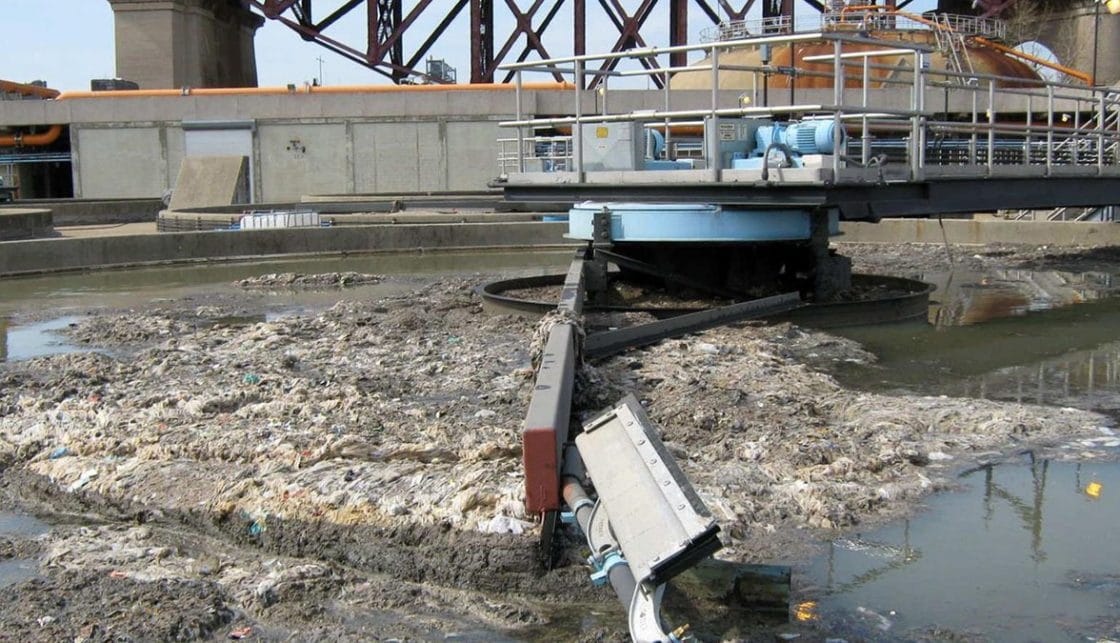Reclaiming Wastewater on the Space Station has an impact right here on Earth!
Water—it’s essential for all living beings… and water is essential to make life possible. It’s an interesting paradox that has kept scientists searching for life in extreme places.
 When NASA recently announced the discovery of liquid water flowing under an ice cap on Mars, it opened the exciting possibility that life may exist outside our earthly abode. While it is conceivable scientists may eventually discover life somewhere in our galaxy, a reliable source of water outside earth is fundamental for the possibility of establishing a colony on Mars, exploring the universe and even visiting distant planets in search of life outside earth.
When NASA recently announced the discovery of liquid water flowing under an ice cap on Mars, it opened the exciting possibility that life may exist outside our earthly abode. While it is conceivable scientists may eventually discover life somewhere in our galaxy, a reliable source of water outside earth is fundamental for the possibility of establishing a colony on Mars, exploring the universe and even visiting distant planets in search of life outside earth.
This is the stuff of science fiction…or is it?
Well, let’s get the stars out of our eyes and return to earth. First, we need to get to Mars and therein lies the challenge. Top on the list is how to provide the essentials for life, such as water, air and the entire habitat for the astronauts to live in as they journey among the stars.
Getting to Space
Establishing a sustainable long-term flight program requires a base to launch manned operations in space. The International Space Station (ISS), which was put into orbit in 1998 and has been continuously occupied since 2000, currently provides a habitable place for astronauts to live and conduct scientific experiments.
 But hauling tons of supplies and materials to the International Space Station (ISS) is inefficient and extremely expensive. Sustaining a crew of four astronauts on the ISS with water, power and other supplies, costs nearly one million dollars a day. Even with the reusable SpaceX rocket which regularly provides supplies to the ISS, it costs $2,500 per pound to launch into space. With four astronauts living on the ISS needing approximately 12 gallons of water a day, it is impractical to stock the ISS with the tons of water needed for long periods of time.
But hauling tons of supplies and materials to the International Space Station (ISS) is inefficient and extremely expensive. Sustaining a crew of four astronauts on the ISS with water, power and other supplies, costs nearly one million dollars a day. Even with the reusable SpaceX rocket which regularly provides supplies to the ISS, it costs $2,500 per pound to launch into space. With four astronauts living on the ISS needing approximately 12 gallons of water a day, it is impractical to stock the ISS with the tons of water needed for long periods of time.
It’s no wonder then that rationing, and recycling is an essential part of daily life on the ISS. The Space Station must provide not only clean water, but air to breath, power, and ideal atmospheric conditions to sustain life outside earth.
And every drop of liquid is important!
Reclaiming Water for Life Support
The Environmental Control and Life Support System (ECLSS) on the ISS is a life support system that provides atmospheric pressure, oxygen levels, waste management and water supply, and fire detection and suppression. The most important function for ECLSS is controlling the atmosphere for the crew, but the system also collects, processes, and stores waste and water produced by the crew…including the furry lab passengers too.
Yes, even mice waste is recycled.
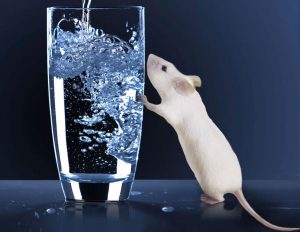 If the idea of drinking reclaimed water from mice urine and other waste sources sounds unappetizing, consider this, the water the astronauts drink is often cleaner that what many earthlings drink. NASA regularly checks the water quality and it is monitored for bacteria, pollutants and proper pH (60 – 8.5).
If the idea of drinking reclaimed water from mice urine and other waste sources sounds unappetizing, consider this, the water the astronauts drink is often cleaner that what many earthlings drink. NASA regularly checks the water quality and it is monitored for bacteria, pollutants and proper pH (60 – 8.5).
This highly efficient reclamation system processes and recycles fluid from the sink, shower, toilet, sweat, and even condensation from the air. The ECLSS water recovery system on the ISS uses both physical and chemical processes to remove contaminants, as well as filtration and temperature sterilization to ensure the water is safe to drink.
More Innovation for the Future
Providing the astronauts with clean water from reclaimed wastewater at the Space Station is working fine for what they need right now, but it’s not perfect. The ISS system recovers water at a rate of approximately 74 percent. For longer missions to Mars and beyond, this rate must increase to at least 98 percent to sustain longer journeys into space. Scientists are continuously working on better and more efficient close-looped support systems to reduce water loss and improve ways to reclaim water from all waste products.
 Recently, NASA invested in a new, lower cost solution to biologically recycle and reuse water developed by Pancopia. Pancopia is a small environmental and energy engineering company located in Virginia that focuses on wastewater treatment and research and development projects. Engineers at the firm have discovered an innovative technology that makes use of a group of bacteria called anammox. Anammox when combined with two other types of bacteria commonly used in conventional wastewater treatment (nitrifiers and denitrifiers), can remove high levels of organic carbon and nitrogen, the two primary pollutants in wastewater.
Recently, NASA invested in a new, lower cost solution to biologically recycle and reuse water developed by Pancopia. Pancopia is a small environmental and energy engineering company located in Virginia that focuses on wastewater treatment and research and development projects. Engineers at the firm have discovered an innovative technology that makes use of a group of bacteria called anammox. Anammox when combined with two other types of bacteria commonly used in conventional wastewater treatment (nitrifiers and denitrifiers), can remove high levels of organic carbon and nitrogen, the two primary pollutants in wastewater.
The combination of these three organisms naturally adjust to changes in the system and eliminates pollutants faster and more reliably than traditional wastewater treatment operations. And, the cost is significantly less to operate than conventional systems, which requires a lot of energy and consumables to run. In addition, the stability of the anammox process reduces costs by requiring fewer manpower hours to monitor and operate.
Back on Earth
What does all this water and wastewater reclamation innovation mean for us on earth?
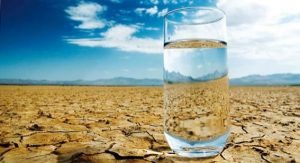 Pancopia is currently working on a similar system used on the ISS for municipal wastewater facilities. Using the technology developed for the Space Station, other areas in the world with limited access to clean drinking water, will soon be able to utilize this advanced water filtration and purification system.
Pancopia is currently working on a similar system used on the ISS for municipal wastewater facilities. Using the technology developed for the Space Station, other areas in the world with limited access to clean drinking water, will soon be able to utilize this advanced water filtration and purification system.
This innovative water recycling system initially intended for the astronauts, now has the potential to cut treatment expenses to less than half the current costs for municipal customers, while providing sustainable crystal-clear drinking water especially in arid and drought-stricken communities across the globe.
Man’s search for extraterrestrial life and desire to travel through space may actually have its greatest impact right here on Earth—clean water!

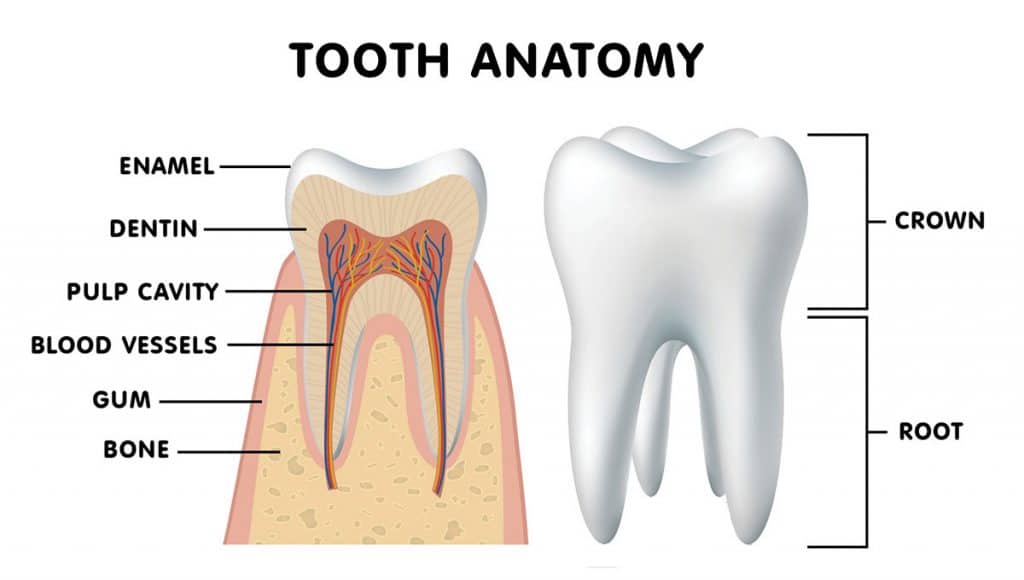 Even so, that millimeter of enamel making up the outer part of the tooth is the hardest substance of the human body and can outlast even the human skeleton when interred. In fact, the oldest vertebrate fossil relics going back 500 million years are teeth. Despite these details, teeth can be surprisingly fragile and prone to decay.
Even so, that millimeter of enamel making up the outer part of the tooth is the hardest substance of the human body and can outlast even the human skeleton when interred. In fact, the oldest vertebrate fossil relics going back 500 million years are teeth. Despite these details, teeth can be surprisingly fragile and prone to decay. Still, with these advances in dentistry, tooth loss and decay persisted. Since ancient times, it was widely thought that toothaches were caused by worms that destroyed teeth. It wasn’t until 1890, when a dentist named Willoughby Miller identified that tooth decay was caused by a certain type of bacteria that thrives on sugar, creating an acid that ate away at tooth enamel.
Still, with these advances in dentistry, tooth loss and decay persisted. Since ancient times, it was widely thought that toothaches were caused by worms that destroyed teeth. It wasn’t until 1890, when a dentist named Willoughby Miller identified that tooth decay was caused by a certain type of bacteria that thrives on sugar, creating an acid that ate away at tooth enamel.

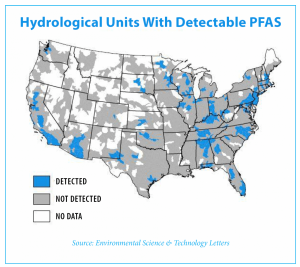 According the Environmental Protection Agency (EPA), all these UCMR 3 PFAS compounds have been detected in public water supplies across the US. Since PFAS are considered emerging contaminants, there are currently no established regulatory limits for levels in drinking water. However, in 2016, the EPA set Health Advisory levels (HA) of 0.07 micrograms per liter (µg/L) or 70 parts per trillion (ppt) for the combined concentrations of two PFAS compounds, PFOS and PFOA.
According the Environmental Protection Agency (EPA), all these UCMR 3 PFAS compounds have been detected in public water supplies across the US. Since PFAS are considered emerging contaminants, there are currently no established regulatory limits for levels in drinking water. However, in 2016, the EPA set Health Advisory levels (HA) of 0.07 micrograms per liter (µg/L) or 70 parts per trillion (ppt) for the combined concentrations of two PFAS compounds, PFOS and PFOA. The EPA also recommends that treatment be implemented for all five PFAS when one or more of these compounds are present.
The EPA also recommends that treatment be implemented for all five PFAS when one or more of these compounds are present. Most research on the effects of PFAS on human health is based on animal studies. And, although there is no conclusive evidence that PFAS cause cancer, animal studies have shown there are possible links. However, PFAS ill-health effects are associated with changes in thyroid, kidney and liver function, as well as affects to the immune system. These chemicals have also caused fetal development effects during pregnancy and low birth weights.
Most research on the effects of PFAS on human health is based on animal studies. And, although there is no conclusive evidence that PFAS cause cancer, animal studies have shown there are possible links. However, PFAS ill-health effects are associated with changes in thyroid, kidney and liver function, as well as affects to the immune system. These chemicals have also caused fetal development effects during pregnancy and low birth weights.
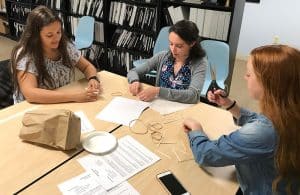 Using ordinary office supplies (plus an uncooked chicken egg), to build their egg protective packages, teams could use as many or as few of the materials and were free to cut, tear, or break any of the pieces. The time to create the egg structures lasted 20 minutes. After the creating phase was over, it was time to drop the eggs.
Using ordinary office supplies (plus an uncooked chicken egg), to build their egg protective packages, teams could use as many or as few of the materials and were free to cut, tear, or break any of the pieces. The time to create the egg structures lasted 20 minutes. After the creating phase was over, it was time to drop the eggs.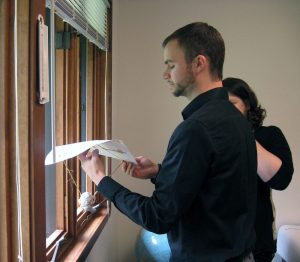 From the second floor of our Waterbury, CT office, two teams dropped their eggs onto the sidewalk below. Upon closer examination, not one of the eggs survived the fall. In the case of a tie, as in this case since both eggs broke on impact, the team using the least amount of materials was declared the winners. Congratulations to Chelsea, Will, Kevin and Sal who used fewer pieces in the design of their egg packages.
From the second floor of our Waterbury, CT office, two teams dropped their eggs onto the sidewalk below. Upon closer examination, not one of the eggs survived the fall. In the case of a tie, as in this case since both eggs broke on impact, the team using the least amount of materials was declared the winners. Congratulations to Chelsea, Will, Kevin and Sal who used fewer pieces in the design of their egg packages.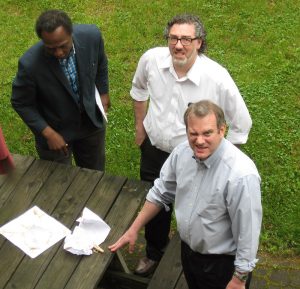 Those three teams then ventured to the third floor and dropped their eggs again. Sadly, none of the eggs survived the fall from the nearly 30-foot fall. And, although many of the egg structures were still intact, it was clear from the misshapen, leaking packages, the eggs broke on contact. Fortunately, there was very little mess to clean up since the eggs were all overly wrapped and packaged. It was a tough call, but team Chris and Chrissie shared the winning honors.
Those three teams then ventured to the third floor and dropped their eggs again. Sadly, none of the eggs survived the fall from the nearly 30-foot fall. And, although many of the egg structures were still intact, it was clear from the misshapen, leaking packages, the eggs broke on contact. Fortunately, there was very little mess to clean up since the eggs were all overly wrapped and packaged. It was a tough call, but team Chris and Chrissie shared the winning honors. The materials used for the egg drop challenge can be whatever you choose. We opted to use common items found around the office. Of course, don’t forget the egg!
The materials used for the egg drop challenge can be whatever you choose. We opted to use common items found around the office. Of course, don’t forget the egg!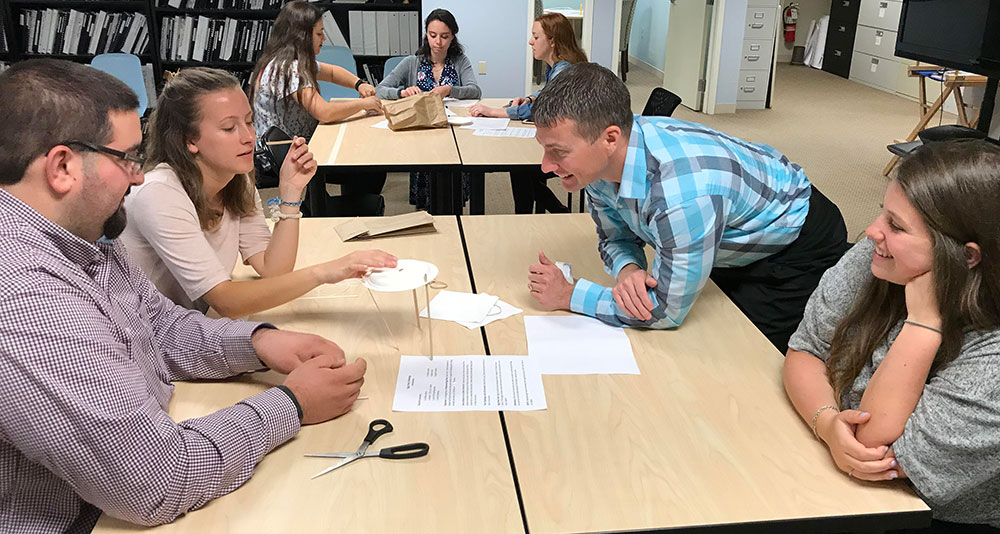
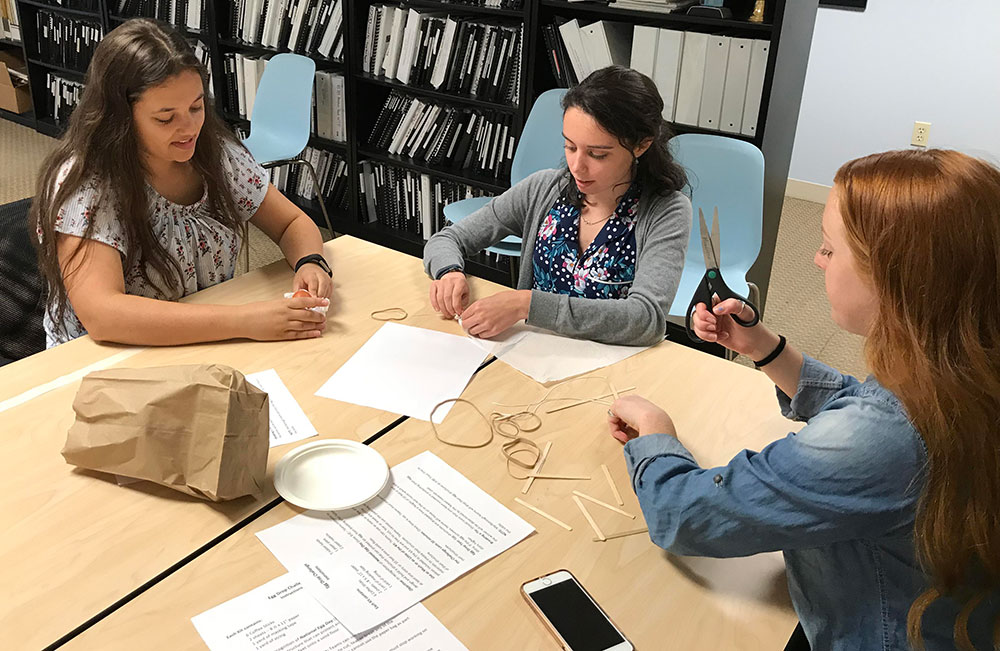
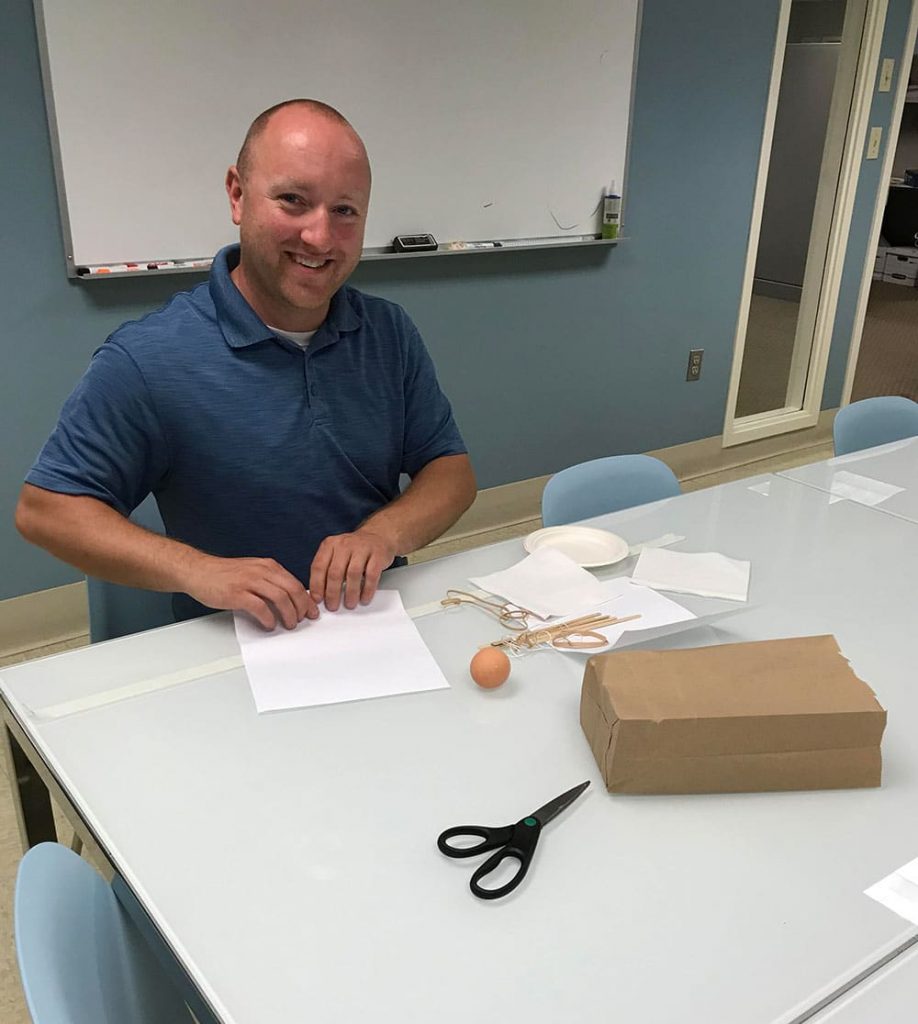
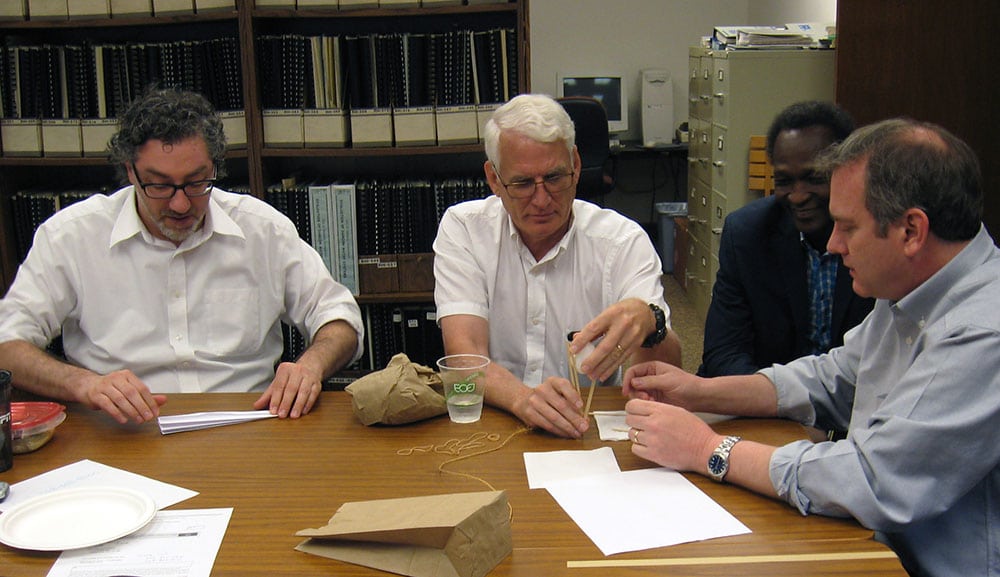

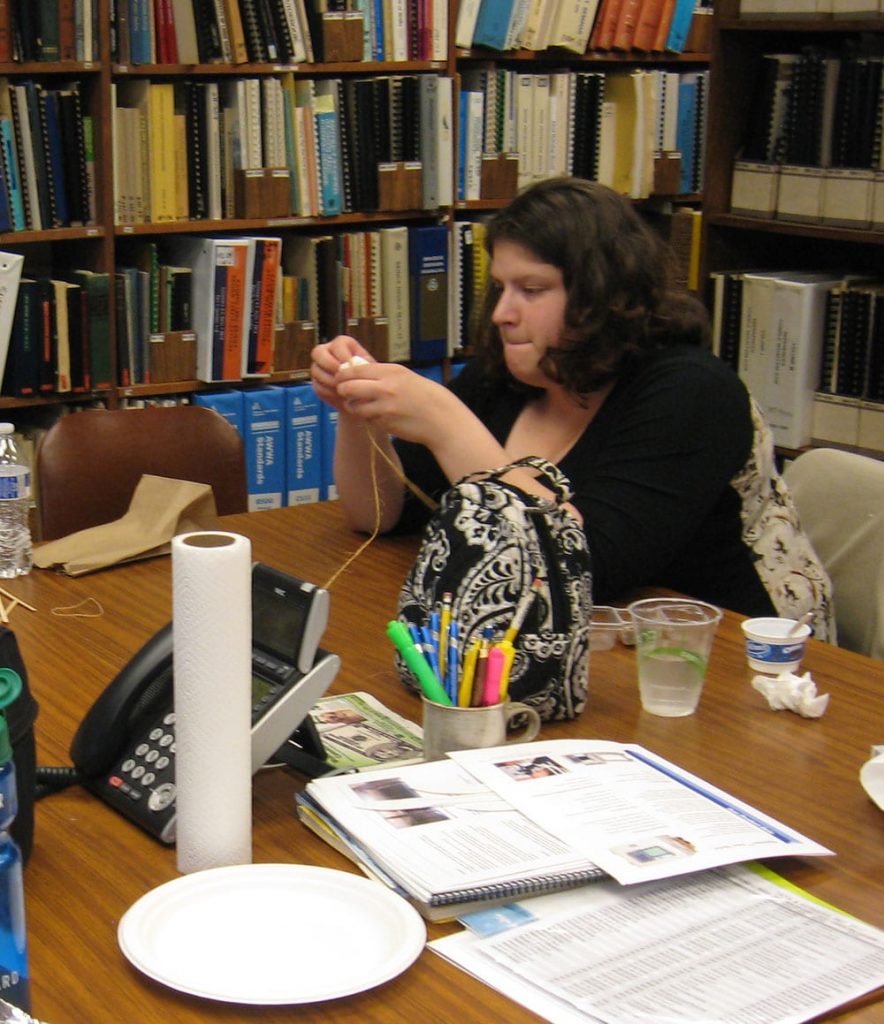
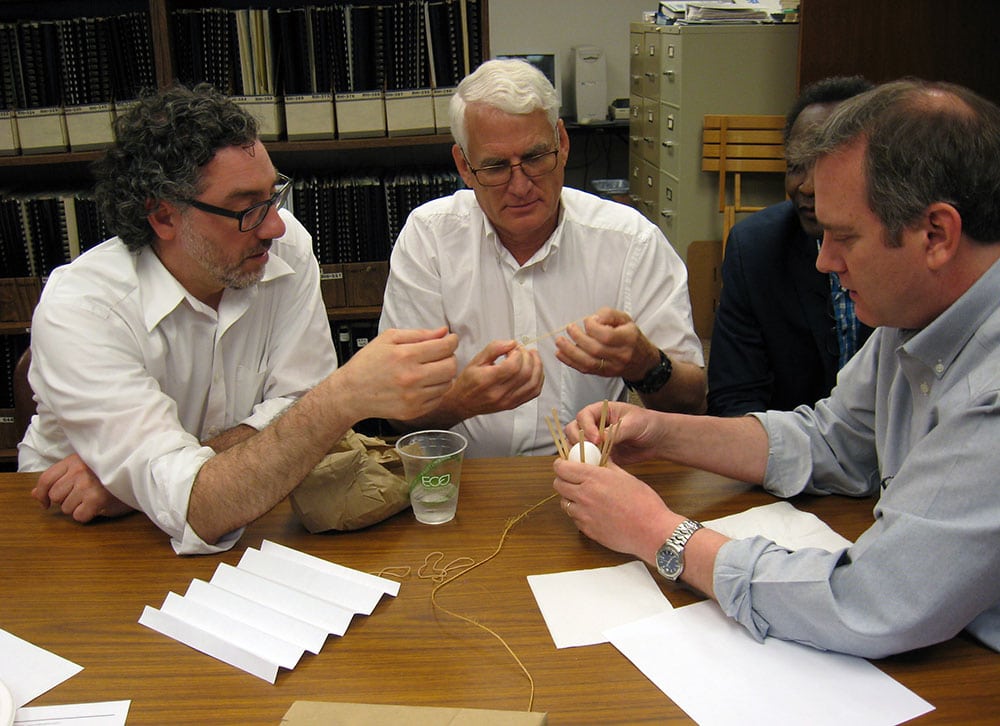
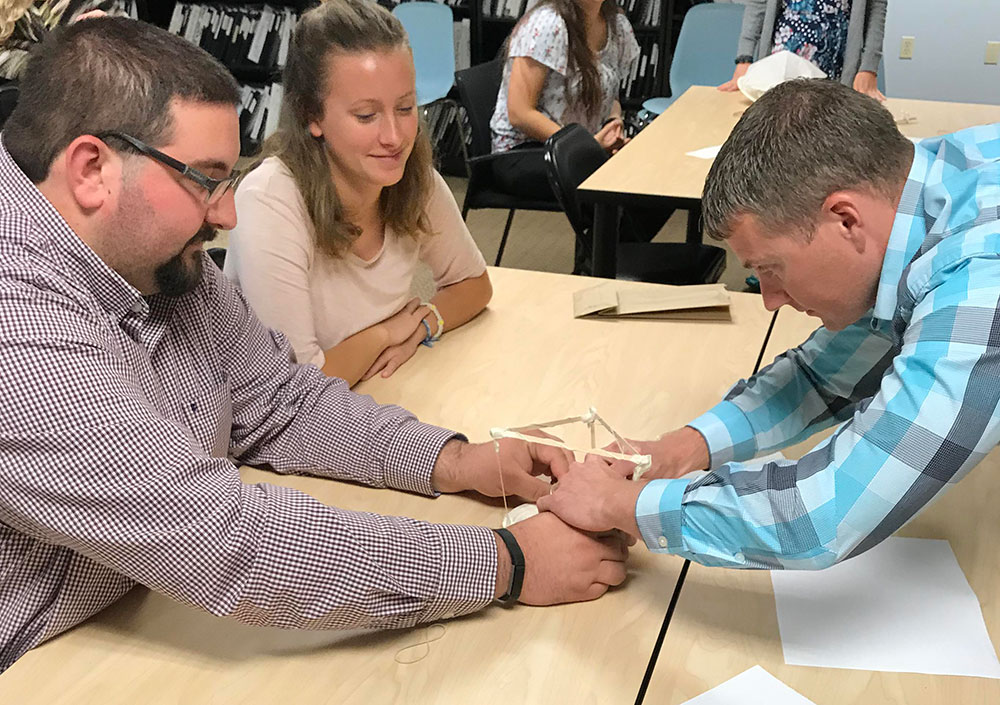
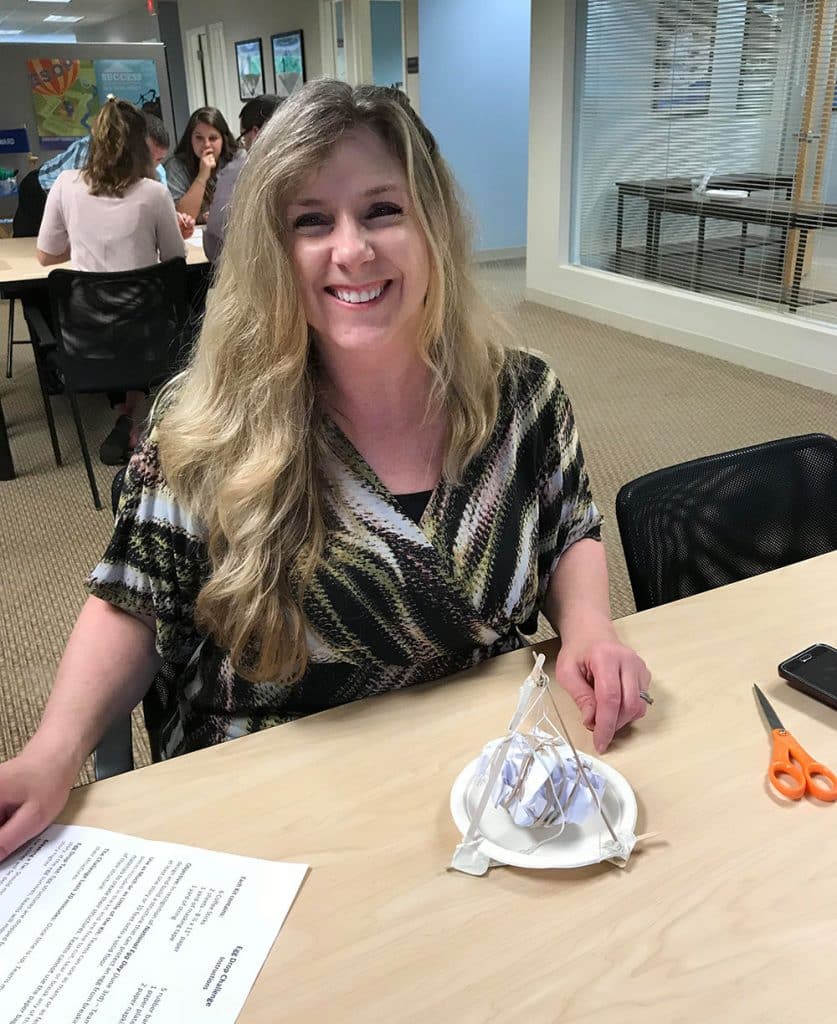
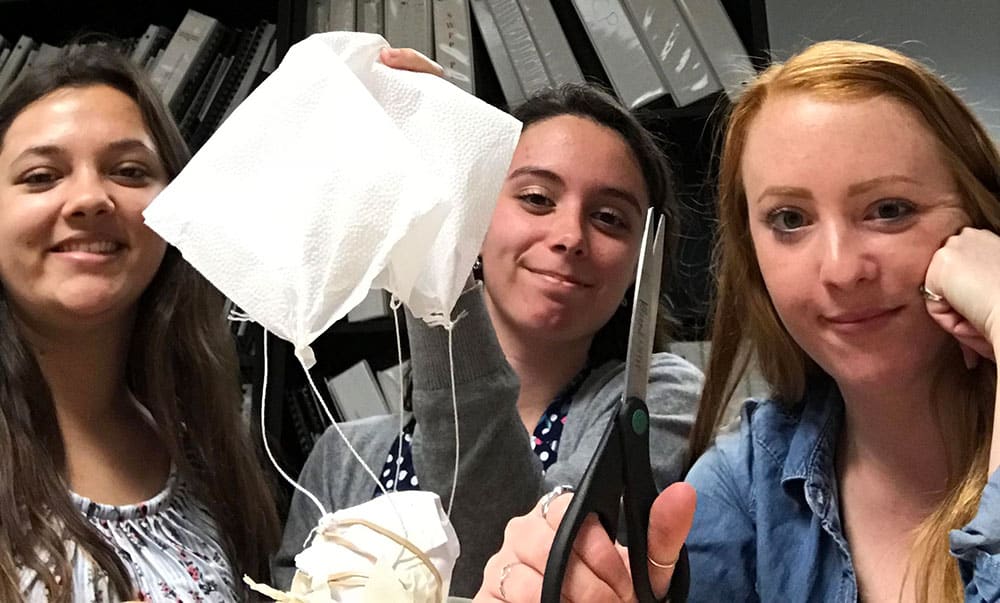

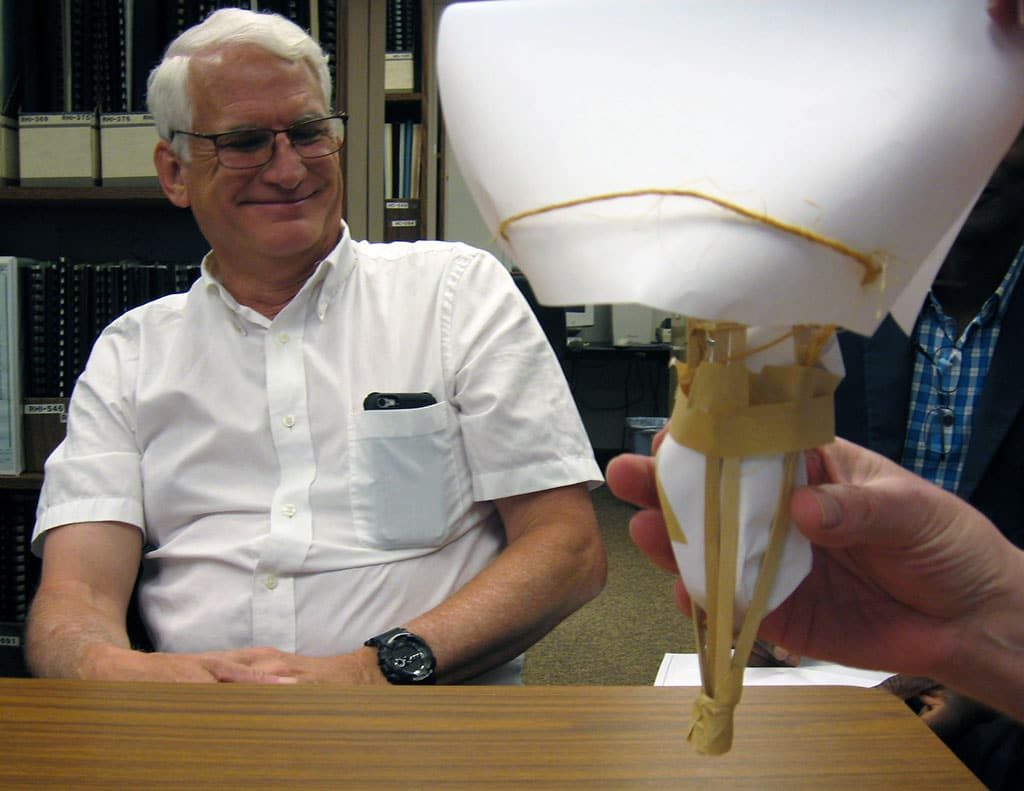
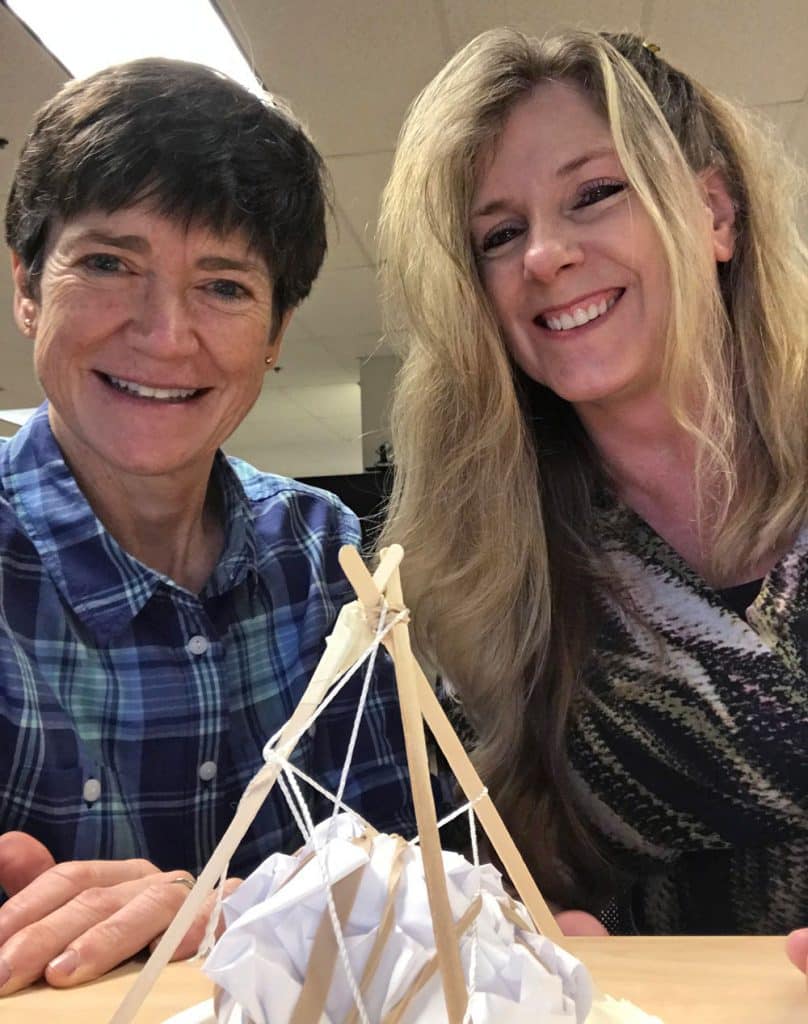

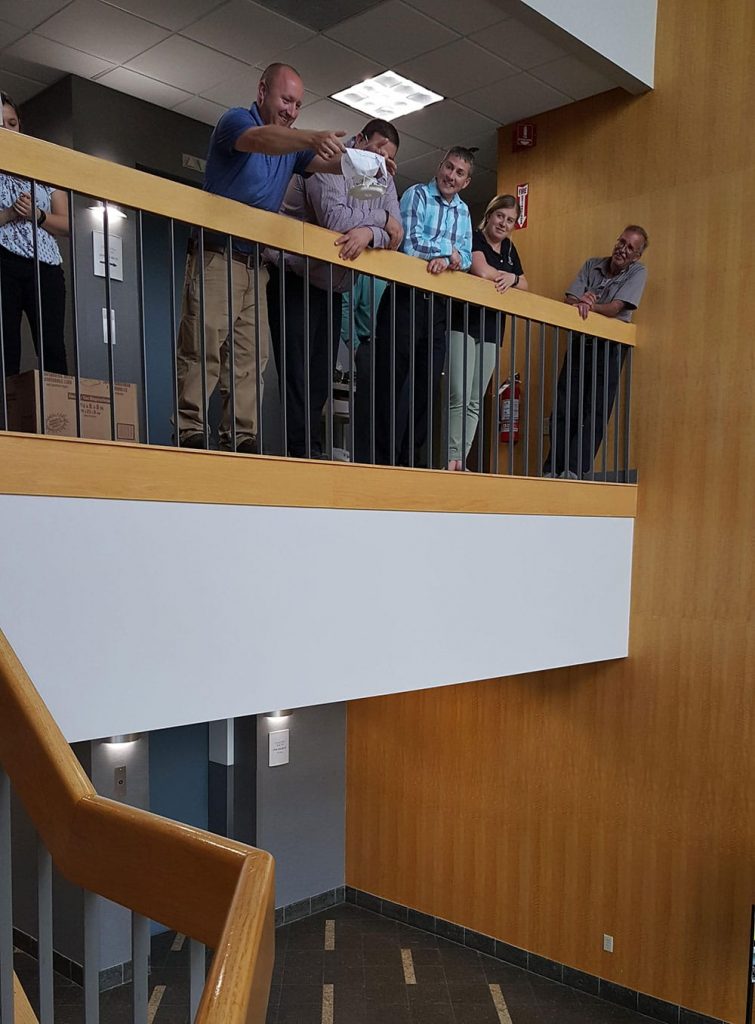
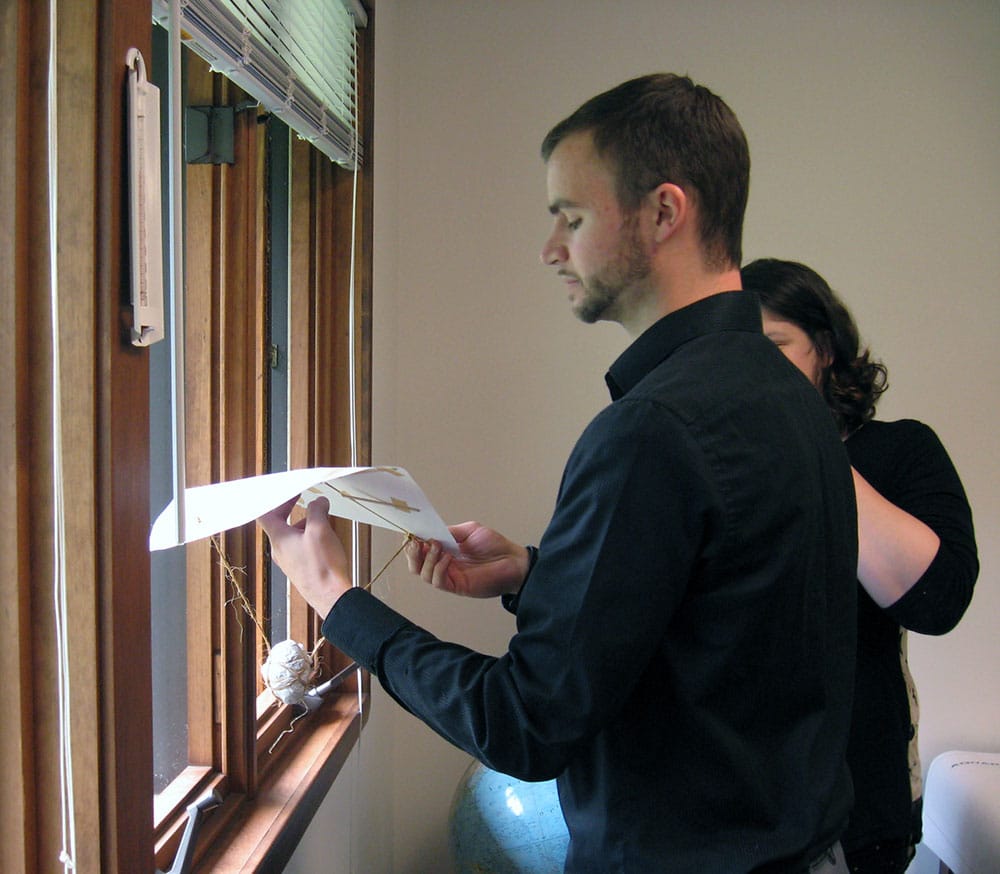



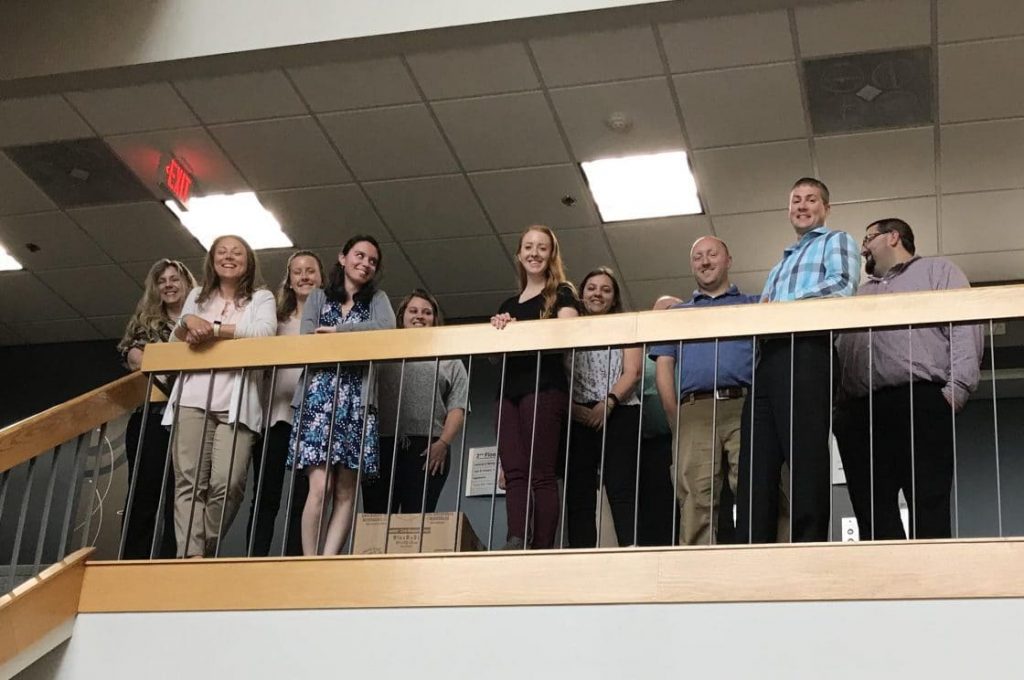
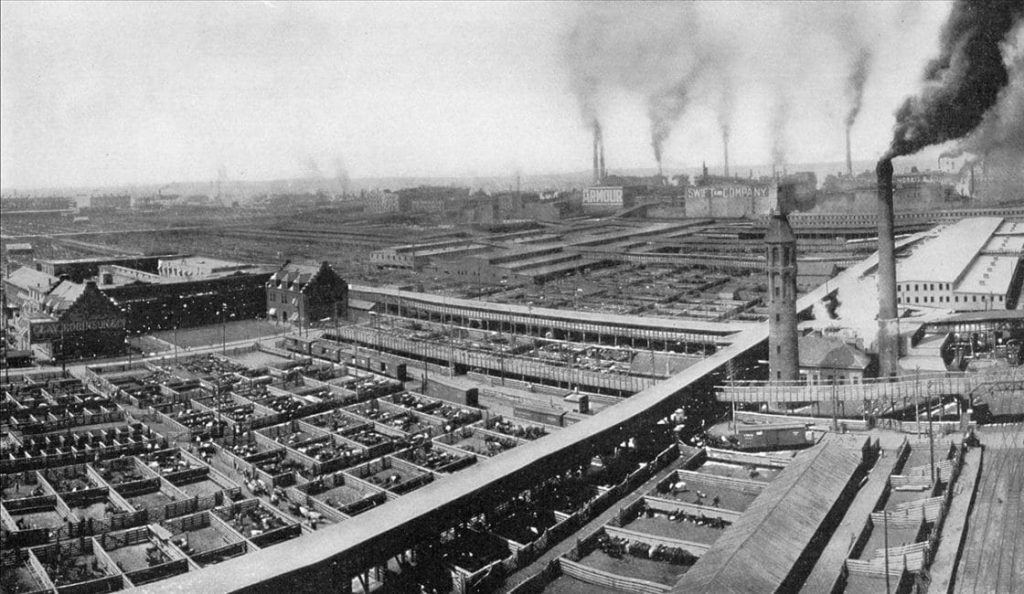
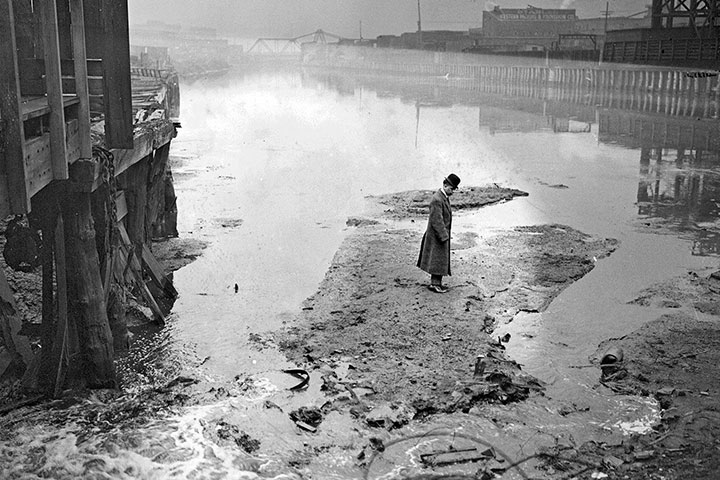


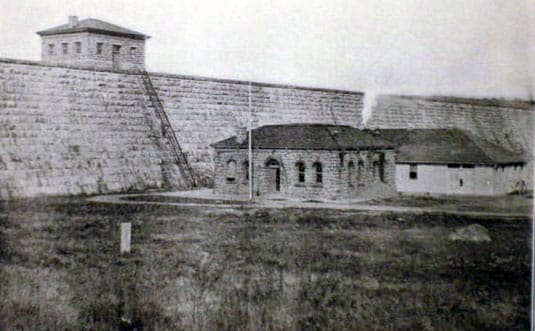
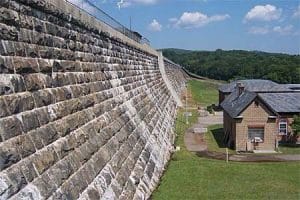
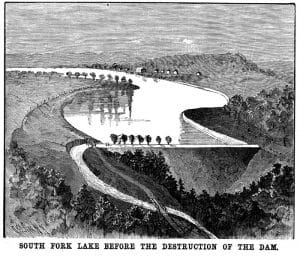 As the spring rains continued, life was about to change for the working-class city of 30,000 and other communities beneath the South Fork Dam.
As the spring rains continued, life was about to change for the working-class city of 30,000 and other communities beneath the South Fork Dam. For the pleasure of their private members, club owners soon began modifications to the dam. Fish screens were installed across the spillway to keep the expensive game fish from escaping. The dam was lowered by a few feet so that two carriages could navigate the carriage road to the clubhouse. Relief pipes and valves that controlled the water level and spill off from the original dam were sold off for scrap, and rustic cottages were built nearby.
For the pleasure of their private members, club owners soon began modifications to the dam. Fish screens were installed across the spillway to keep the expensive game fish from escaping. The dam was lowered by a few feet so that two carriages could navigate the carriage road to the clubhouse. Relief pipes and valves that controlled the water level and spill off from the original dam were sold off for scrap, and rustic cottages were built nearby. Club officials struggled to reinforce the earthen dam, but it continued to disintegrate. When the lake’s water began to pour over the top, it was apparent that a catastrophic collapse was inevitable and imminent. Frantic riders were sent down the valley to alert the local communities and tell them to evacuate. Sadly, few residents heeded the alarm being so often used to the minor seasonal flooding from the Little Conemaugh river.
Club officials struggled to reinforce the earthen dam, but it continued to disintegrate. When the lake’s water began to pour over the top, it was apparent that a catastrophic collapse was inevitable and imminent. Frantic riders were sent down the valley to alert the local communities and tell them to evacuate. Sadly, few residents heeded the alarm being so often used to the minor seasonal flooding from the Little Conemaugh river.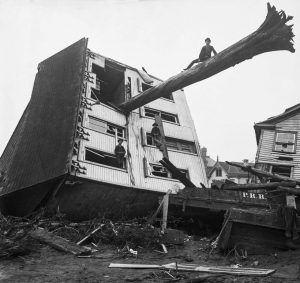 Along the way, the deluge accumulated everything in its path, including all sorts of debris—from city buildings, houses, and barns. Piles of boulders, trees, farm equipment, rolls of barbed wire, horse carriages, and railroad cars churned in the turmoil. Embroiled in the devastation were also animals and people—both dead and alive.
Along the way, the deluge accumulated everything in its path, including all sorts of debris—from city buildings, houses, and barns. Piles of boulders, trees, farm equipment, rolls of barbed wire, horse carriages, and railroad cars churned in the turmoil. Embroiled in the devastation were also animals and people—both dead and alive. It would take months to sift through all the wreckage to find the bodies and years to fully recover from the aftermath.
It would take months to sift through all the wreckage to find the bodies and years to fully recover from the aftermath.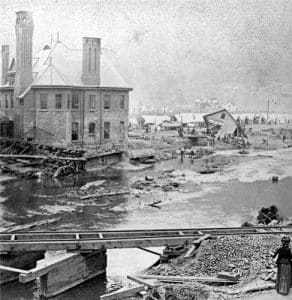 A hydraulic analysis published in 2016 confirmed what had long been suspected, that the changes made to the dam by the South Fork Fishing and Hunting Club severely reduced the ability of the dam to withstand major storms.1
A hydraulic analysis published in 2016 confirmed what had long been suspected, that the changes made to the dam by the South Fork Fishing and Hunting Club severely reduced the ability of the dam to withstand major storms.1



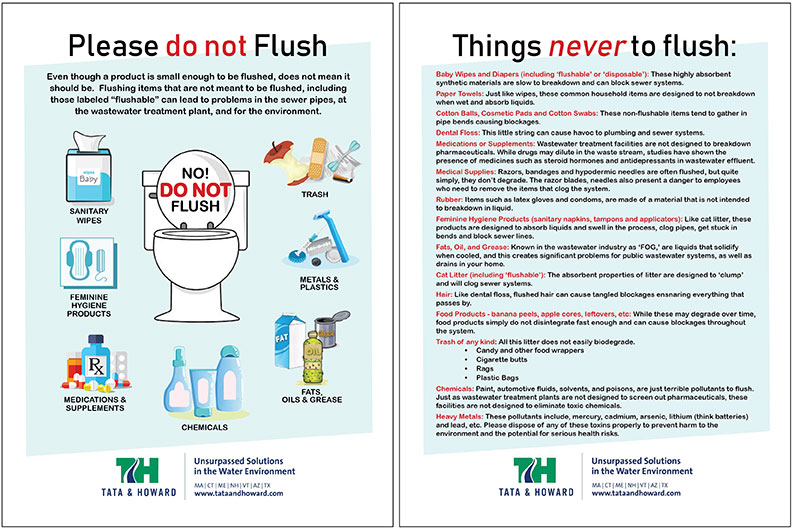
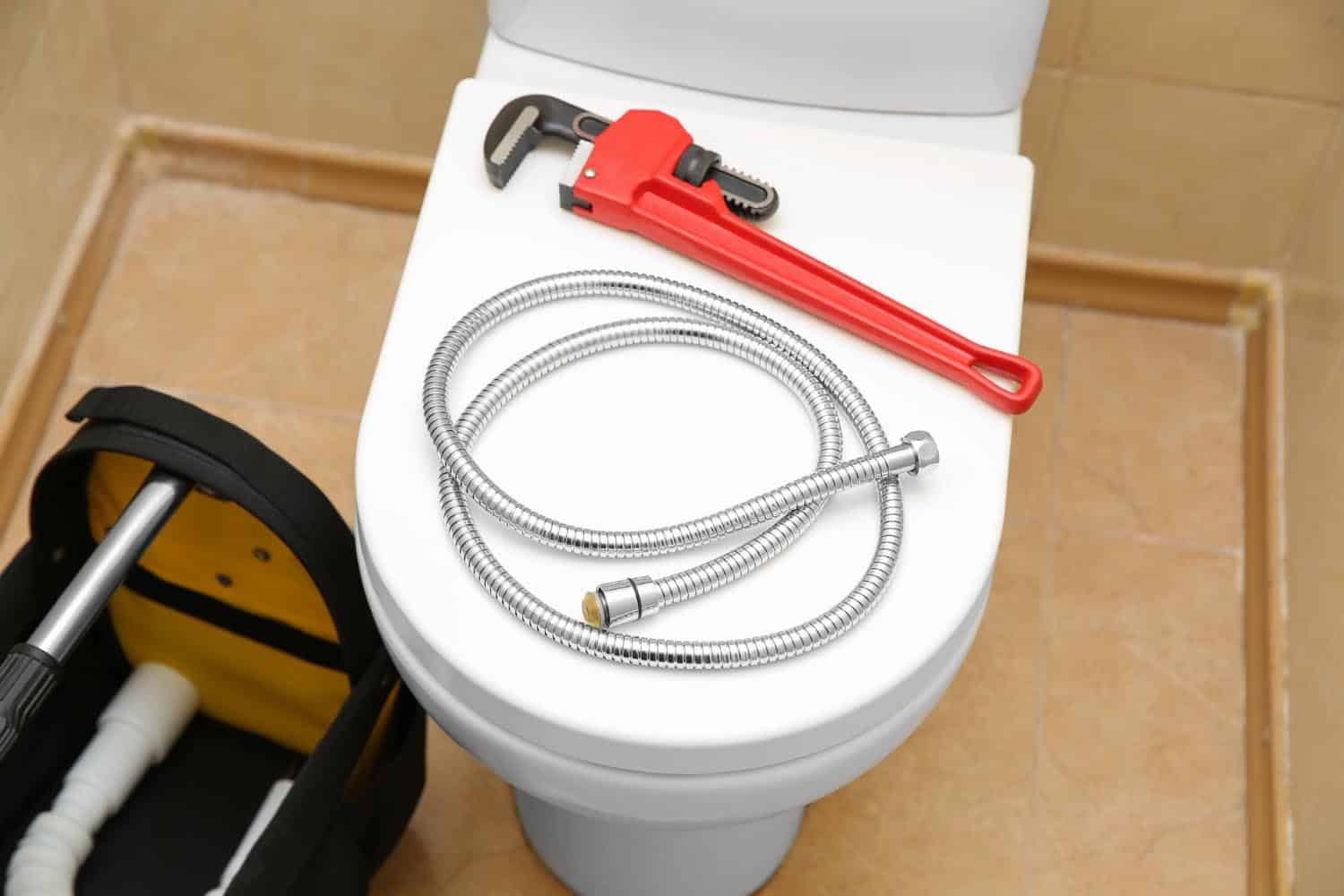 While there are many obvious things not to flush down the toilet, an astonishing amount of non-flushable wipes, paper products, dental floss, and other dispensable hygiene products are flushed down toilets every day. This has contributed to cities and municipalities dealing with chronic clogged sewer systems and expensive wastewater treatment maintenance, not to mention homeowners who face the inconvenient problem of having a toilet back up in their home.
While there are many obvious things not to flush down the toilet, an astonishing amount of non-flushable wipes, paper products, dental floss, and other dispensable hygiene products are flushed down toilets every day. This has contributed to cities and municipalities dealing with chronic clogged sewer systems and expensive wastewater treatment maintenance, not to mention homeowners who face the inconvenient problem of having a toilet back up in their home.